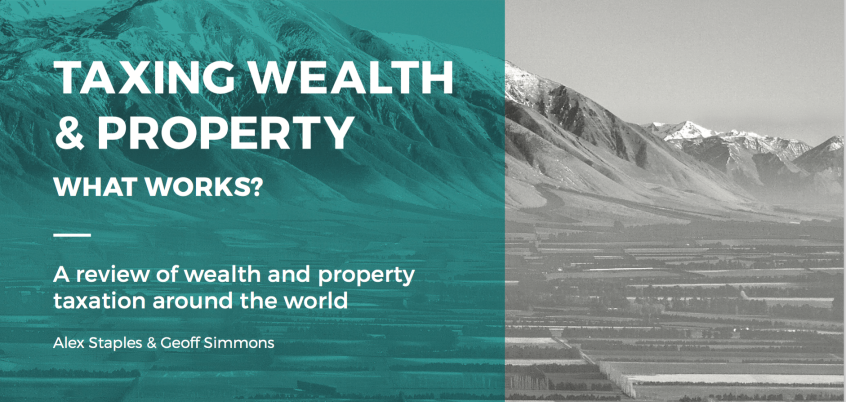Today on The Nation, Gareth released a new report which reviews the taxation of wealth and property around the world.
You can watch the interview here.
Currently in NZ half the top 200 wealthiest people don’t pay the top rate of income tax, and loopholes around the treatment of income from owned assets is a big driver of that. The Morgan Foundation has proposed the Comprehensive Capital Income Tax (CCIT) as a way of closing these loopholes. Many people have asked if a similar form of tax exists overseas, which is why we decided to do this review.
We found that similar taxes do exist in many overseas countries, but their effectiveness depends on the number of exemptions. Exemptions create further loopholes which the rich are adept at using to their advantage.
The Executive Summary of the report is reproduced below, and you can download the report in full here.
In recent years there has been increased interest in wealth taxes, or at least broadening the income tax base to include all the income from wealth and property. This report does not discuss the ethics of this concept, it merely reviews what works overseas in terms of efficient generation of tax revenue. The key takeaway points from the review are:
- Taxation of wealth per se is difficult as we can see from France. People hide or shift their wealth off shore to avoid the tax, which is economically inefficient and ineffective in terms of tax collection. Without requiring statutory declarations from taxpayers and having strong penalties for evasion (as Roger Douglas introduced for overseas income) these types of taxes are weak.
- The number one problem with most wealth-based and property-based taxes is progressive taxation rates, exemptions and loopholes. Although these are designed to appease those with little wealth, the wealthy are the ones that end up exploiting them. The result is that the poor don’t pay the tax, the rich don’t pay the tax, but the middle class end up paying it almost by accident – especially when their houses have rapidly appreciated in value. This pattern is common across wealth-based and property-based taxes but is particularly evident for estate, gift and inheritance taxes.
- The use of property taxes, similar to rates is prevalent around the world, but generally other countries have more national consistency (across municipalities) of payment levels than there is in New Zealand.
- Surprisingly, the taxation of imputed rental is common in Europe, although the house values taxed often don’t keep up with real estate values. 5. Transaction taxes such as stamp duties and capital gains are very popular capital based taxes, despite being economically inefficient because they impede trading in assets.
The Comprehensive Capital Income Tax (CCIT – see the Annex at the end of the document for an explanation of what it is and how it works), proposed by the Morgan Foundation as part of the Big Kahuna, avoids these problems. Two jurisdictions – South Korea and Netherlands – have systems that could be seen as similar to the CCIT. Netherlands is very similar in concept – including a broader definition of income, although the system is still riddled with exemptions. South Korea has land, property and asset taxes that amount to a similar outcome – taxing the non-cash benefits of owning assets.

